| Lesson 2 | Overview of Oracle applications on the Web |
| Objective | See how Web applications connect to Oracle. |
Overview of Oracle Web Applications
Databases on Web
When using the Web as a front-end to an Oracle database, we must first review the nature of the world wide web. All displays on the Web are in the form of Hypertext Markup Language (HTML) pages or Active Server Pages (ASP).When a request is made on the Web to display data from an Oracle database, the following steps occur.
Oracle data request
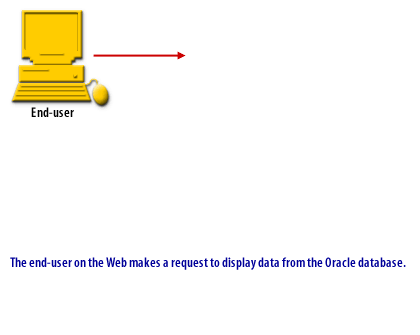
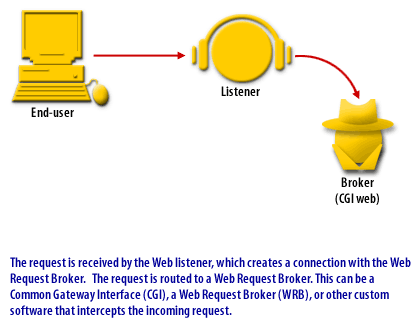
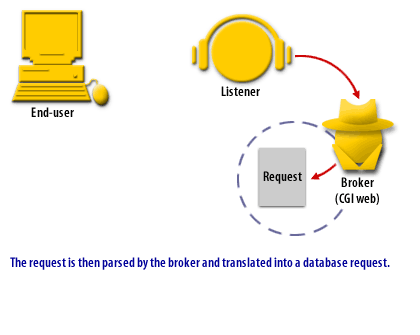
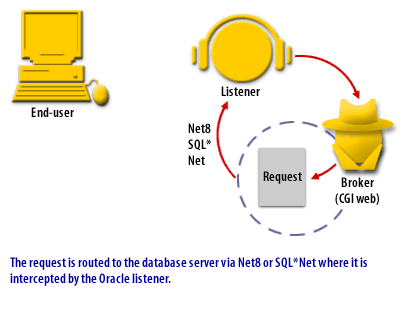
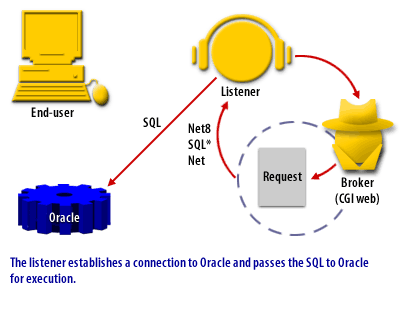
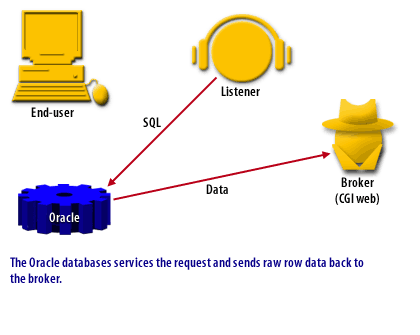
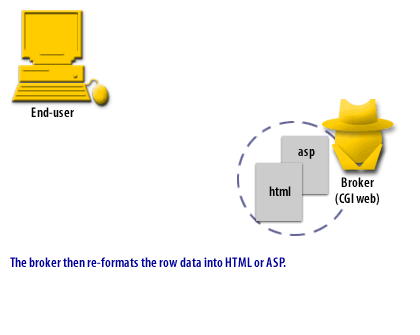
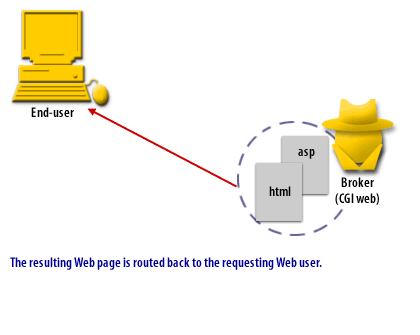
Optimizing Web database application performance
There are ways to optimize performance at the network, hardware, database, application, and content levels. It is critical to understand that many factors can hamper Web database performance, and how best to optimize performance at each of these levels. Factors you should keep in mind are listed in the table below.
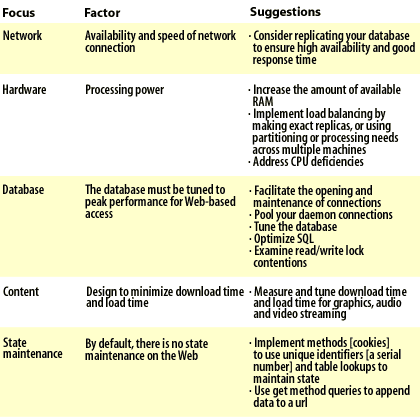
- The end user on the web makes a request to display data from the Oracle database
- The request is received by the Web listener, which creates a connection with the Web Request Broker. The request is routed to a Web Request Broker. This can be a CGI, (WRB) Web Request Broker, or other custom software that intercepts the incoming reports
- The request is then parsed by the broker and translated into a database request
- The request is routed to the database server via Oracle Network Services where it is intercepted by the Oracle listener
- The listener establishes a connection to Oracle and passes the SQL to Oracle for execution
- The Oracle database services the request and sends raw row data back to the broker.
- The broker then re-formats the row data into HTML or ASP
- The resulting Web Page is routed back to the requesting Web users
Using Web as an Oracle front-end
Using the Web as an entrance, or front-end, to Oracle is very similar to other front-end products. We see the same concepts applied with Oracle's SQL*Forms, Microsoft's Visual Basic, and Sybase's PowerBuilder.
Tuning Web Database Application
Multiple factors affect the performance of a Web database application. As Oracle DBAs, we need to examine the database interface layer, and how the table row requests are serviced by the Oracle database. Our tuning opportunity is from the time an URL request is intercepted until the Oracle transaction is completed and returned to the client. We need to focus on the processes happening between the time the query enter the Web request broker, and the result row data is shipped to the Web broker. This is the same Oracle database that is used in other environments, using a web-based front-end interface. The next lesson is about the Web Request Broker, its components, and how they function.